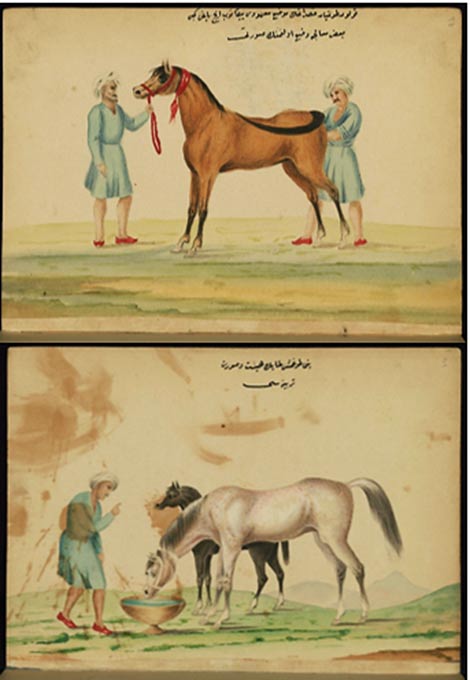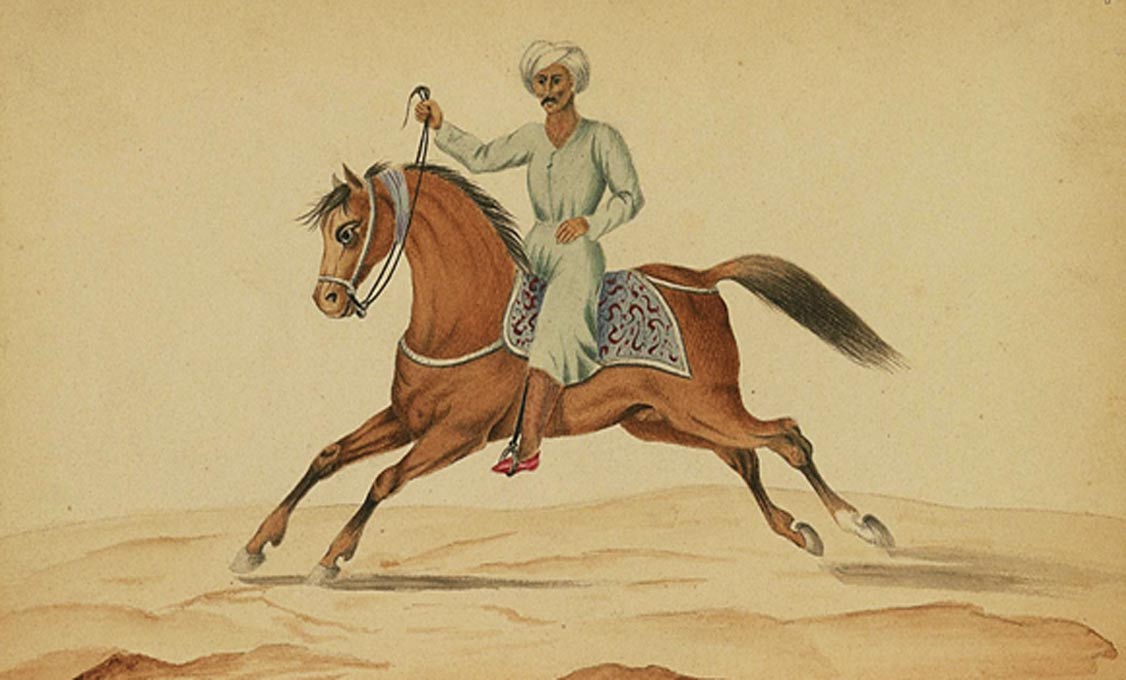One of a Kind Ancient Tablet with Horse Racing Rules Unearthed in Turkey
A 2,000-year-old tablet with an inscription of horse racing rules has been recently discovered in the Beyşehir district of the Central Anatolian province of Konya, Turkey. It is a part of the Lukuyanus Monument, which was built in memory of a jockey named Lukuyanus.
Lukuyanus died at an early age in the Pisidia area, which was a historical region in ancient Asia Minor located in the modern-day province of Antalya. The discovery seems to be unique, as there is no information about similar tablets having been found before.

The Lukuyanus Monument in Konya, Turkey. (Hurriyet Daily News)
According to Hurriyet Daily News, the tablet was found at the site of the ancient hippodrome. Professor Hasan Bahar from Selçuk University’s History Department is convinced that the tablet refers to a jockey who lived during the domination of the Roman Empire in the region.
After analysis of the tablet, it is easier to understand what horses meant for people 2,000 years ago. Moreover, the discovery has brought information about the rules of horse races and horse breeding in the past.

A hippodrome in Aphrodisias, Turkey. (CC BY SA 3.0)
In ancient times, the Hittites built monuments in the surrounding mountains, which were believed to be holy. It seems that Romans continued this tradition. The monument related to the tablet is located next to a burial room, in a narrow space with an entrance to Lukuyanus’ final resting place. The inscription discovered there says 'Lukuyanus The Warrior, Died Before Getting Married. He is Our Hero.'
- Truly Amazing Scientific Discovery on Adaptation of Yakutian Horses to Cold
- DNA tests reveal rare golden horse buried in 2,000-year-old Chinese tomb
- The Mystery of the White Horse of Uffington
As Bahar told Hurriyet Daily News:
''There are horse racing rules on the tablet. It says that if a horse comes in first place in a race it cannot participate in other races, while another horse of the winning horse’s owner also cannot enter another race. In this way, others were given a chance to win. This was a beautiful rule, showing that unlike races in the modern world, races back then were based on gentlemanly conduct.''

A section of the inscription on the Lukuyanus Monument. (Daily Sabah)
Horses were very important in Asia Minor since ancient times. However, the rules of ancient horse races were not well researched. There was not enough information to understand the rules of ancient horse racing. The inscriptions are the oldest documentation connected with this sport found to date.
They were written in ancient Greek. Reading them, the researchers discovered that a horse couldn't compete in another race if it finished first in any given race. Moreover, an owner couldn’t have another horse compete in a race if he or she owned a previous winner.

Another view of the Lukuyanus monument, which sits within an area that was once in the Roman Empire. (Haberler.com)
The first horses were domesticated in southern Turkey around 2,500 BC. Archaeologists have previously unearthed the skeletal remains of horses dated back to 2,400 BC. Now, Akhal-Teke horses are considered as a treasures of the Turkish culture and the “only remaining pure strain of ancient Turkmen horse.”
The name of the Turkish horse breed comes from the 19th century AD and consists of the words ''Akhal'', which refers to the long oasis nestled in the foothills of the Kopet Dag Mountains, and ''Teke'', after the nomadic tribe which inhabited the oasis for centuries.

From a race at the national horse-racing stadium in Ashgabat, Turkmenistan. Normally all horses competing here are Akhal-Teke horses. (CC BY SA 4.0)
A description of the horses is published on Turkish Culture and says:
“The head is long and chiseled, often with a broad brow. Their eyes are large and expressive and sometimes almond-shaped. Their ears are narrow, high-set, swivel on their axis, and move when alerted to sound and movement. Their long neck is set high and straight relative to their shoulders, their withers are quite prominent. Their chests are narrow, their body is long and lean, the muscling well defined, but smoothly hugging the bone. The legs are slender, with strongly sculpted tendons and long and flexible pasterns. The skin is thin, the hair is silky and the mane and tail are spars. Several coat colors are possible for these horses, but the most common include, bay, black, dun, chestnut, gray and palomino. A distinctive feature is a pronounced metallic sheen, and a glossy golden polish overlaying the basic coat color.”
- The Tomb of Duke Jing of Qi and his 600 Horses
- Archaeologists in China find 2,800-year old tombs surrounded by 28 chariots and 98 horses
- The Eagle Huntress: Ancient Traditions, and Evidence for Women as Eagle Hunters – Part I
Horses were highly respected by the Ottoman Empire. They were very important for traveling and for war. In the early history of the empire, the Kipchak Turks owned an excess of two million horses. The Uygurs had even more horses, but there is no specific information about the number. The first recording of the use of horses during a battle by the Ottomans comes from August 1071, when they fought in the Battle of Manzikert.

Book on horses: Washing a mare (Public Domain) and Colt training (Public Domain). This is an illustrated Ottoman copy of a Turkish work on the training and care of warhorses by Aḥmed ʿAṭā Ṭayyārzāde.
In the 15th and 16th centuries the Ottoman army had more than 40,000 horses. Two of the most famous belonged to Suleiman the Magnificent. He was often portrayed with a white parade horse, but according to written descriptions, his battle horse was black and wore golden armor.
Suleiman appreciated horses so much, that after battles his Janissaries treated the horses of the enemy and adopted them into their stables. Until the middle of the 18th century, the Ottoman army consisted of infantry and cavalrymen known as sipahi and the latter made up the majority of the soldiers.

A Sipahi cavalryman. (c. 1809) (Public Domain)
Featured Image: Book on horses, Horse training, Walters Art Museum. Source: Public Domain


















